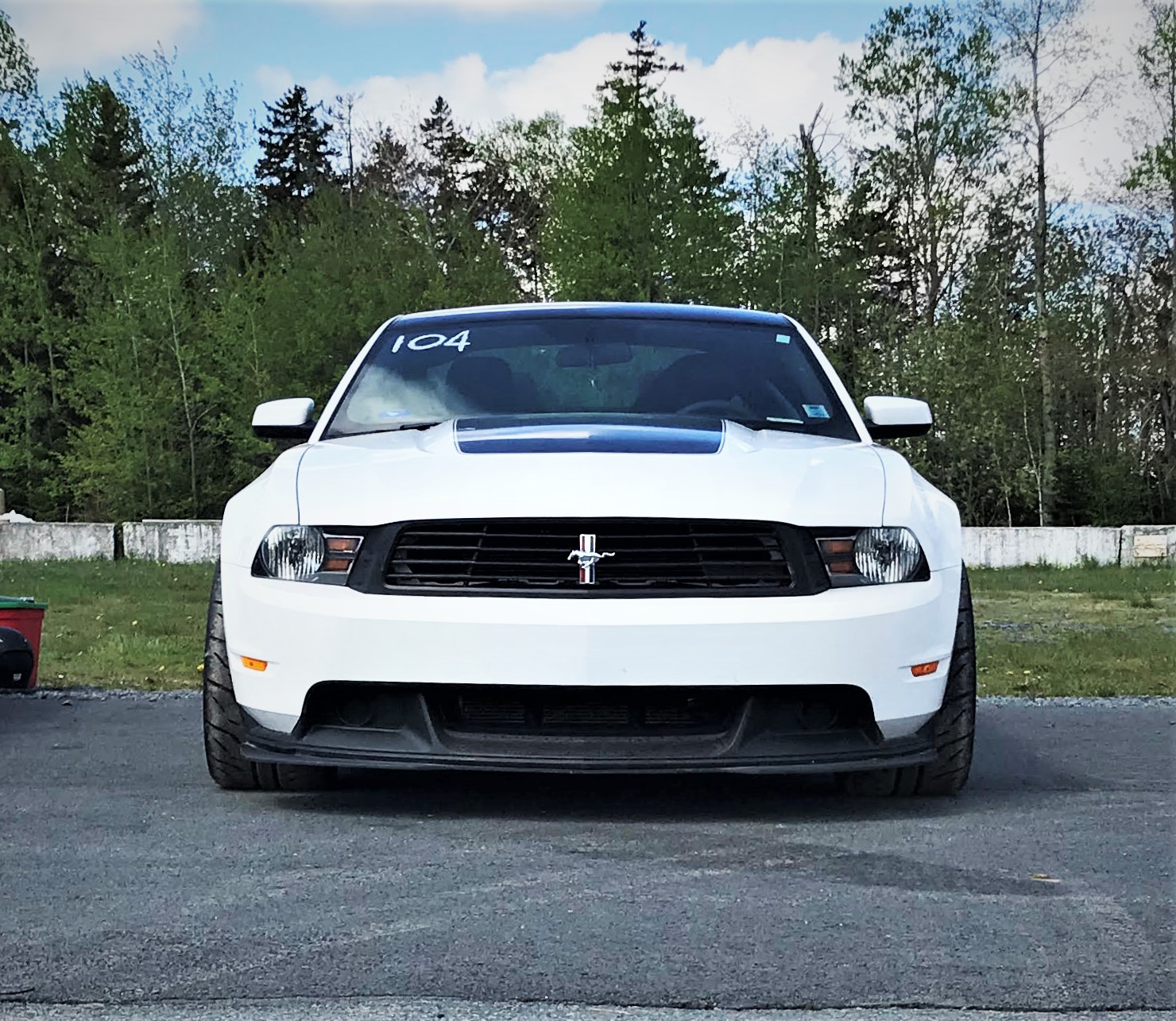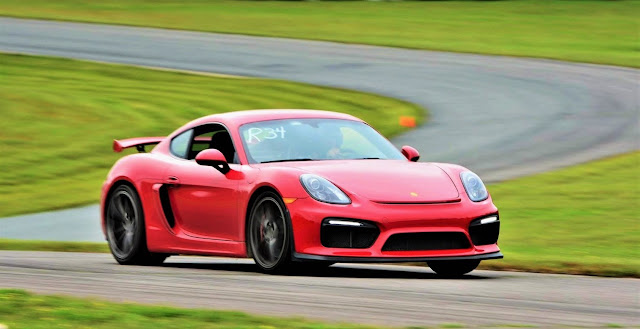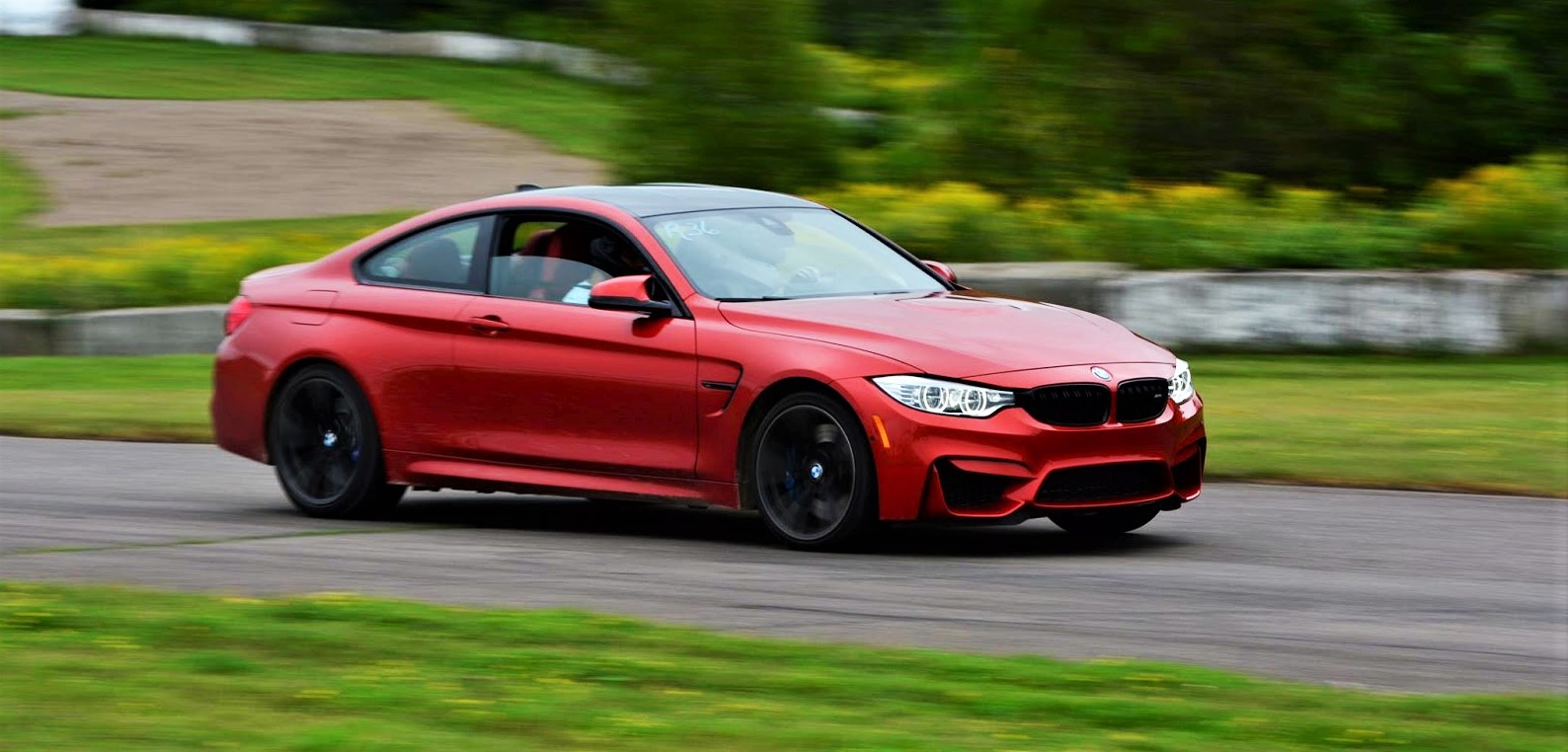As long as Mustangs and Camaros are in production, Ford and Chevy will always be trying to one-up each other. Ford announced that it will be using a 4-cylinder EcoBoost that's larger than the one used in the Focus ST for the next generation Mustang. Instead of Chevrolet trying to one up Ford by offering a turbo 4-cylinder with more power, better fuel economy or both, they skipped the 4-cylinder option all together. Al Oppenheiser, Camaro chief engineer, recently said that the next gen Camaro will continue to have a V6 as the smallest engine offering. "As long as they'll pay me to be the chief engineer, I'm going to fight for every horsepower I can and every cylinder I can," he said.
The benefit, in my opinion, isn't power or performance. I would actually expect that the 4-cylinder turbo to have a slight edge in performance compared to the base V6 options in both the Mustang and the Camaro plus there will be a far better aftermarket potential. It's simply not what the car is about. The car is not meant to save fuel, it's meant to be a performance car. And I'm not saying that efficiency and performance can't go together. As a matter of fact, I would expect negligible real world difference in mileage between an EcoBoost Mustang and a V6 Camaro because, while the smaller engine will probably be more efficient and have higher EPA ratings, actual mileage of turbo engines drops quickly when you are pushing them. It's the attitude of the car that they're maintaining with this move. Plus, at least for the next generation, you will not hear a 4-cylinder engine noise come from a Camaro.
GM pulled the same trick with their full size trucks when they continued to offer a V6 only as the base engine and kept all optional engines as V8's while Ford brought the EcoBoost V6 to the F150 lineup but they did work on improving efficiency. Although GM kept only V8's at the top, they added a multitude of technologies to save fuel and if you look at the midrange V8 in the Silverado that's meant to be an equivalent to the EcoBoost V6, it actually matched the EcoBoost's EPA city rating and beat the hwy rating by 1 mpg so don't count out the Camaro from the fuel economy race just yet.
And that's not all for Camaro fans. A few weeks ago, Chevrolet published a video showing the anticipated Camaro Z/28 lapping the famed Nurburgring in 7:37.47. That puts it just ahead of the 911 Carrera S, which did the deed in 7:37.9. There are a few things in the Porsche's favour though. The tested car had the PDK transmission which cuts 0.7 seconds off the 0-60 time and 1/4 mile time while adding over 3 mph to the 1/4 mile trap speed. This would probably translate to quite a few precious seconds on a 13-mile track. Moreover, the Camaro had to make do with a slightly wet track. Check out the video below for the full lap.













Comments
Post a Comment